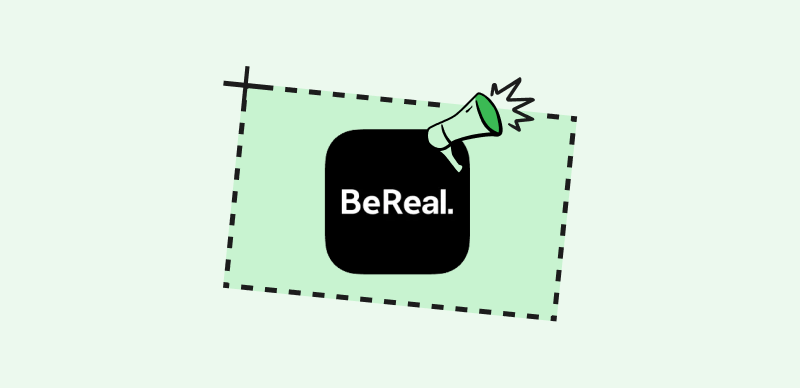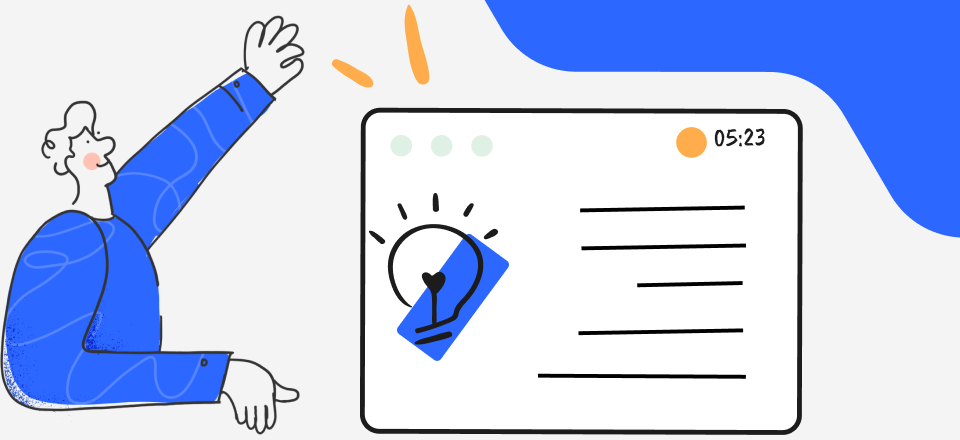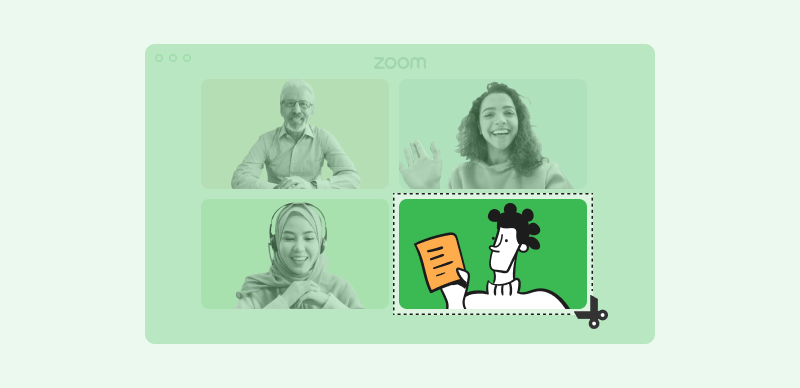Twitter recently changed ownership and brand name, but it remains mostly the same as it ever was – an open field for debate on a variety of burning topics. It’s probably the social network that is most conducive to heated arguments, so it’s not rare to see a few outrageous posts or comments on every thread. Call it Twitter or X, there is no lack of scandal to go around on this social platform.
Screenshots illustrating some of the wildest Twitter takes are frequently used to criticize specific people, create memes, or publish traditional news articles. This invites the question – Is Twitter aware when people are taking screenshots of its content and does it send notifications to users whose tweets are being saved? We will try to answer this important question in depth and explain why Twitter’s policies are shaped the way they are.
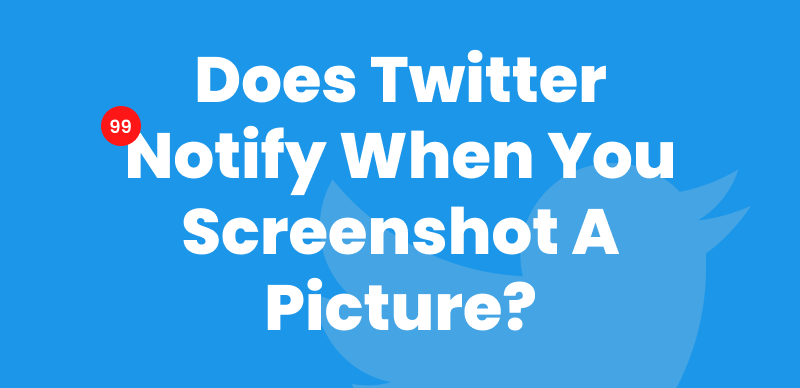
Does Twitter Notify When You Screenshot a Picture
Recommended Tools:
Does Twitter Notify Screenshots Taken by You Or Someone Else?
If you are trying to figure out does Twitter notifies you when you screenshot a picture from the site, the short answer is that it doesn’t. Twitter doesn’t have an easy way to detect which applications the users have active locally on their devices, and to the best of our knowledge, the network never deployed any software tasked with such supervision.
In effect, any user who has access to certain posts can screenshot them and use the image any way he likes, without the network even being aware. That also includes screenshots of pictures, which can be posted alongside text messages. Anything posted on a public thread could potentially be saved by someone you may or may not know, and there is no real way to prevent this. The best you can do is to be diligent and avoid posting anything controversial that might hurt you if someone made a screenshot of it and shared it publicly on X and elsewhere.
Does Twitter Notify for Fleet Screenshots?
Many users consider Twitter Fleets to be a more discreet channel for expressing opinions in public. Those posts are only temporary, and they automatically disappear a mere 24 hours after they are first posted. Since the authors obviously don’t want these posts to remain on the web forever, it’s fair to ask whether making screenshots of them is legally allowed on the network.
As it turns out, Fleets are treated as any other type of content and may be included in screenshots without any special restrictions. The content of your Fleets may have disappeared from the feed, but it may have been captured by any user it was displayed to so it could pop up again at any time. Knowing this, perhaps Fleets shouldn’t be regarded as completely private and the same rule for avoiding potentially explosive topics apply to them as well. It’s best to accept that screenshots are a part of the Twitter experience, no matter how your content is framed.
Does Twitter Notify Screenshots of DM?
Another form of communication on Twitter is through Direct Messages (DM’s) that are only sent to the intended recipient and not shown publically at any time. If you expect that DM’s are protected from screenshots, you’ll be disappointed to learn that’s not the case and they can be captured in the same way as anything else on the platform. One key difference is that only one person will see the DM in most cases, so even if the content of the message is leaked through a screenshot it will be instantly obvious who did it.
The fact that it’s possible to capture screenshots of DM’s is also important for security reasons, as it allows users who are a target of threats, scams, or verbal abuse to document such behavior. Of course, screenshots can be edited and their veracity brought into question, but it’s still good to have some kind of proof just in case the original message is deleted.
How to Take Screenshots on Twitter?
Since there are no legal or administrative obstacles to taking screenshots on Twitter, it makes sense to learn how to complete this task on multiple devices. That way you can develop a habit of capturing the most interesting posts and private conversations so you can revisit (and maybe publish) them later. We will show you how to instantly take a screenshot from a smartphone or a computer.
On Mobile phone
Taking a screenshot from your mobile phone is just a matter of hitting the right combination of buttons. iPhones and Android phones have built-in screenshot tools that can be activated by pressing certain buttons, without having to open any app. Here is how you can quickly snap on each mobile OS:
Android: Press the Power button + Volume down button at the same time
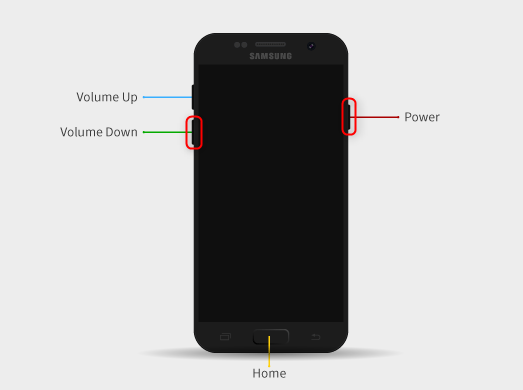
Power and Volume Down Button
iOS: Press and quickly release the Side button + Volume up button
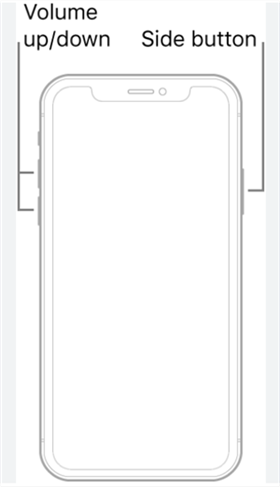
Side and Volume up Button
On a Computer (with Gemoo Snap)
While Twitter is mobile friendly, many users prefer to access it from a PC or Mac. One of the advantages of using a computer to interact with Twitter is the possibility to use a more advanced screenshot software, such as Gemoo Snap. The procedure is nearly instant and involves just a few steps:
Step 1 – Install the Gemoo Snap app on your computer and create a user account on the official site
Step 2 – Run the app, and select which type of screenshot you want to take (full page, scrolling…)
Step 3 – Switch to the browser tab in which you have Twitter open
Step 4 – Click on the Screenshot button in the Gemoo widget to take the chosen type of screenshot
Frequently Asked Questions about Taking Screenshots on Twitter (X)?
Why doesn’t Twitter try to detect when a user is taking a screenshot?
As a social network that allows users to go public with their opinions, Twitter doesn’t have a reason to try and prevent documenting of the displayed content. While many policies were changed during the recent rebranding under Elon Musk, banning screenshots doesn’t appear to be on the agenda.
Can I publish screenshots from Twitter in my own tweets?
There is no rule that would prevent you from including images you snapped from the network in your tweets or fleets. You can repost screenshots of your old posts, or use material scooped from the feed that highlights what others have said. In the latter case, you should at least obscure the names and Twitter handles out of respect to privacy.
What’s the best free software tool for taking screenshots on Twitter?
Gemoo Snap is certainly a very useful screenshot app, but it’s hardly the only one you can use. Some of the other free apps that can be deployed for capturing Twitter content include GreenShot, Lightshot, Share X, and PicPick. There are also premium screen recording apps like Snagit or Camtasia, but it’s hard to justify paying for them just to take screenshots.
Conclusion
Twitter (or X as it’s currently known) doesn’t have any restrictions regarding screenshots and it doesn’t deploy any tools that would be able to detect when users are capturing content from the network. This practically means that anything you post on the network could be reposted by someone who was quick to snap it when it appeared in the feed. On the flip side, you are also free to screenshot anything you see and you don’t need the permission of the content’s author to do so. What’s your opinion about this – should screenshots be allowed on X and other social networks or not? Let us know in the comments.

